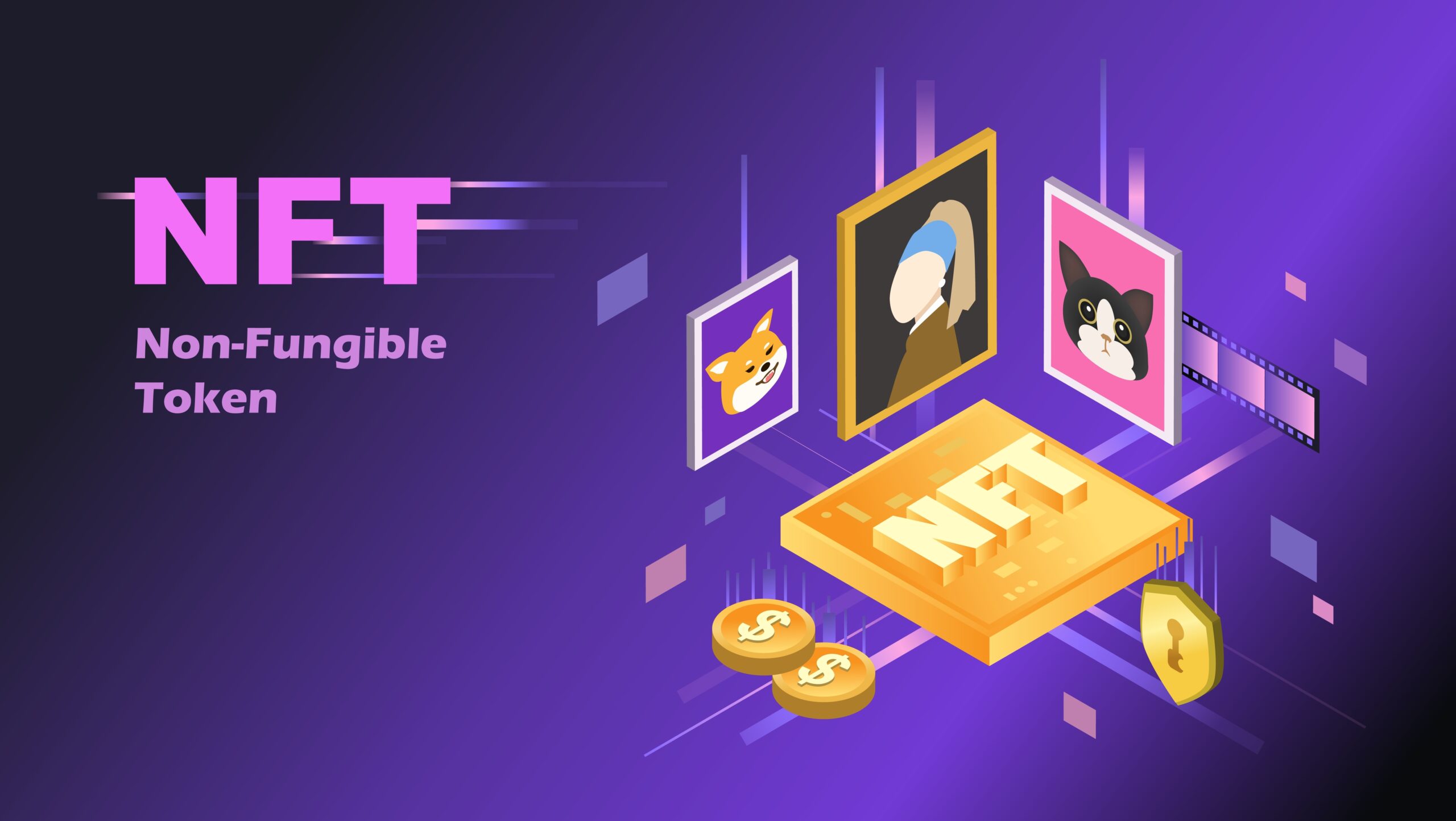7600 Chevy Chase Drive, Suite 300, Austin, Texas, 78752, USA
Email: info@tokenmetrics.com | Tel: +1-888-908-6536
What is Yield Farming? The Definitive Guide
Charles Allred
Chase started working as an intern in the crypto space in 2020. He quickly found his passion in the space and was promptly promoted to a full-time role. Today, Chase's interests lie in the NFT and DeFi realms. Chase serves as the co-host of our weekly NFT Hidden Gems YouTube show.
Leave a Reply Cancel reply
COMPANY
DISCLAIMER
Token Metrics Media LLC is a regular publication of information, analysis, and commentary focused especially on blockchain technology and business, cryptocurrency, blockchain-based tokens, market trends, and trading strategies.
Token Metrics Media LLC does not provide individually tailored investment advice and does not take a subscriber’s or anyone’s personal circumstances into consideration when discussing investments; nor is Token Metrics Advisers LLC registered as an investment adviser or broker-dealer in any jurisdiction.
Information contained herein is not an offer or solicitation to buy, hold, or sell any security. The Token Metrics team has advised and invested in many blockchain companies. A complete list of their advisory roles and current holdings can be viewed here: https://tokenmetrics.com/disclosures/
Token Metrics Media LLC relies on information from various sources believed to be reliable, including clients and third parties, but cannot guarantee the accuracy and completeness of that information. Additionally, Token Metrics Media LLC does not provide tax advice, and investors are encouraged to consult with their personal tax advisors.
All investing involves risk, including the possible loss of money you invest, and past performance does not guarantee future performance. Ratings and price predictions are provided for informational and illustrative purposes, and may not reflect actual future performance.
Copyright © 2022 - Token Metrics - All Rights Reserved





